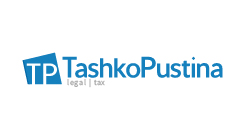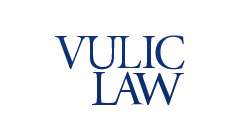The organic development of the Hungarian insolvency laws was interrupted by the era of the socialist planned economy, which ended in 1990. The novel Insolvency Act of 1991 (IA) may have satisfactorily served the economy in the first years of the transition period, but due to the profound changes in the socio-economic environment in subsequent years, the statute has become obsolete. Successive governments over the past three decades have made multiple efforts to keep the IA up-to-date and to follow the numerous demands made by the various players of the market and interested legal professionals, but the more than one hundred (!) amendments have rendered the system opaque and relatively difficult to use.
Challenges of Turkish Financial Restructuring
The concept of financial restructuring was introduced in Turkey following the currency crisis of August 2018. Financial restructuring became the major item on the agenda of Turkish financial institutions, and regulators intervened immediately, working to create a useful legal framework for the process. The joint efforts of the Banking Regulatory and Supervisory Authority (the BRSA) and the Banks Association of Turkey (the BAT) resulted in the Framework Agreement. Nevertheless, restructurings commenced pursuant to the Framework Agreement are progressing very slowly, and in most cases have reached an impasse.
An Amendment to the Bonds Act Aims to Strengthen the Rights of Retail Investors
Bond financing has recently become quite popular in the Czech Republic and companies often finance their business needs by issuing corporate bonds instead of the more usual credit financing. Obviously, the popularity of corporate bonds is also associated with the greater willingness of investors to buy them. Bonds are perceived by the general public as a safe and conservative investment instrument. Nevertheless, recent market developments show that corporate bonds issued by private companies may not always be a safe investment, as evidenced, for example, by the insolvency of online fashion store Zoot, which funded its expansion by issuing bonds.
Less is More Consolidation of the Macedonian Banking Market Improves Competition
The main characteristics of the Macedonian banking market are its small size and the relatively large number of players. According to the latest reports of the National Bank of North Macedonia, out of fifteen active banks, five have significantly higher market shares than the rest. The combined market share of these five biggest banks is 74.4%, with a significant discrepancy between the bank that owns the largest amount of assets (a market share of 22.7%) and the one with the lowest (a market share of 0.5%).
Mergers and Merging on the Serbian B&F Market
Some might say that Serbia’s banking sector is blooming and steadily consolidating. Others may argue that actual consolidation is still far away. Either way, players on the local market are changing. This is clear now following the exit of Societe Genarale, BNP’s Findomestic, and two Greek banks, followed by the bold revamp of Hungary’s OTP and the strengthening of domestic investors such as AIK and Direktna Bank.
Implications of Benchmark Rates Reforms in Slovenia
The wide usage of benchmark rates and their key role in the financial system requires that they be reliable and defiant to any manipulation. To ensure this, the EU undertook to reform the benchmark rate determination process and improve market confidence in them, resulting in the adoption of the EU Benchmarks Regulation (the BMR).
Can Securitization Wake Up Croatia’s Capital Market?
When investors think of attractive and developed capital markets, Croatia’s is probably not the first to come to mind. Can that be changed?
































